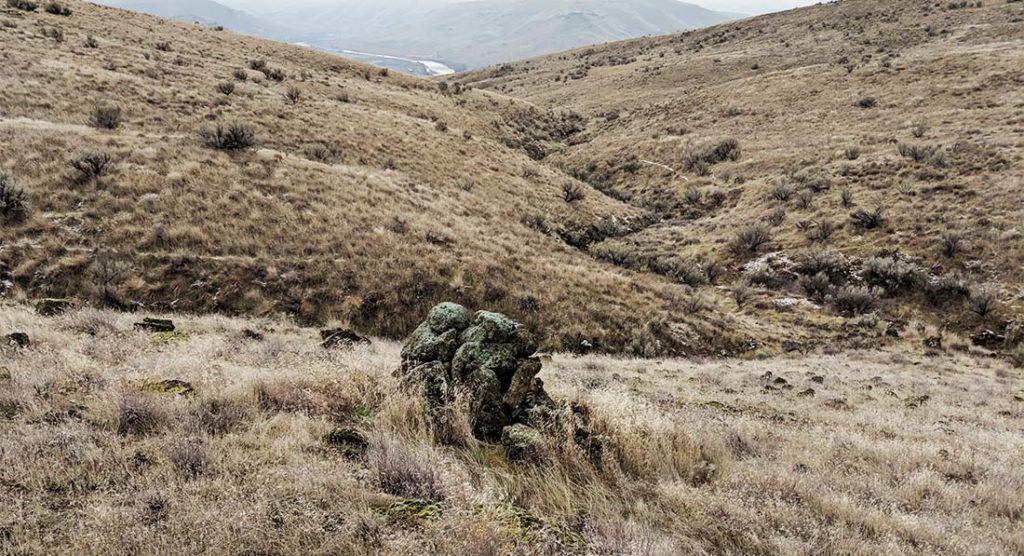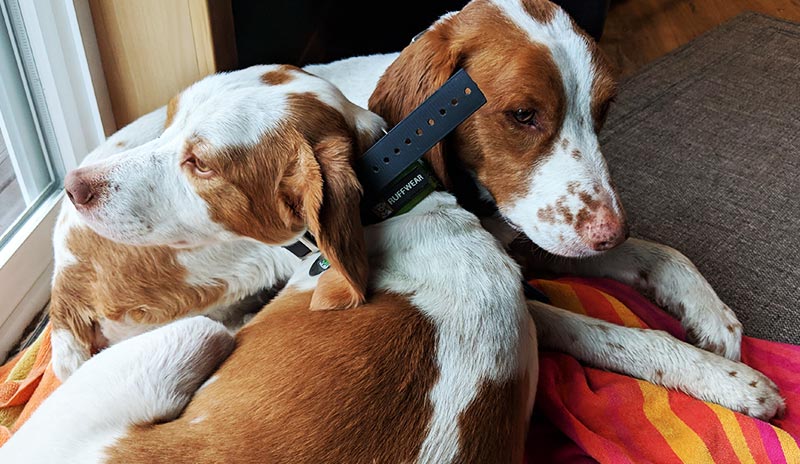Brian L. from Eastern Oregon says it a lot better than we can:


So what about the range in suburban conditions? Again, terrain, foliage and the like will have an influence on the range you might expect in typical suburban use, so your performance may vary from Brian L.’s experience. Not too long ago, our crack engineering team put together a real-life field test not far from our office. The following video should give you a pretty good idea what to expect in conditions similar to those shown.
Regardless of your local conditions, having an organized search plan is most important. A disorganized search plan may work, but an organized plan will drastically improve the odds of finding your wayward pet more quickly, and time is always of the essence in finding your pet. Here’s some general guidelines:
- First, AND MOST IMPORTANT – practice, practice, practice. Learn how to use your system effectively BEFORE you need it. The time to learn is not after your pet has wandered off and you are anxious and worried about their safety. With experience coming from these practice sessions will come a level-headed search process and success instead of panic.
- Know your pet’s habits. Start in a location near where you last saw your pet. Most pets initially stay within an area they are familiar with. When it comes to chasing wildlife however, this may not be true. So knowing your pet’s habits is an important element to conducting a successful search.
- Where possible, find high ground to establish a connection with your pet’s tag and determine a general direction to refine your search.
- If you don’t receive a signal, move to another location, generally in a direction you believe your pet may have wandered. Remember, if your Marco Polo locator is not receiving a signal from your pet’s tag, you can reasonably assume your pet is not in the general vicinity.
- Give Marco Polo a minute or two to thoroughly search within a new location before determining your pet is not within that area, then move.
- Continue broadening your search pattern, widening the search using a box, grid or circular pattern of each surrounding area.
- Use a vehicle and have someone drive while using the handheld Marco Polo locator. This will help you cover a larger area more quickly and safely.
- Once you establish a connection with your pet’s tag, follow the arrow on the handheld locator. You may receive confusing directions due to signal reflections off structures, hills, etc. Follow the arrows pointing you in the most consistent direction. The signal level will increase as you get closer, even if the arrow direction is occasionally inconsistent. A consistently lower signal level as shown on the handheld locator is also an indication you are moving in the wrong direction.
Search while driving around – Here’s another video our awesome engineering team produced to demonstrate the “driving around” approach to conducting a search plan. They should have checked with our risk prevention department before doing this, because they would have been told to have two people in the car, one to drive and one to monitor the handheld Locator. We recommend you follow this safe practice when driving and do not allow the search process to distract you from safe driving. Nevertheless, this is an effective way to cover a large area while searching for your pet.
